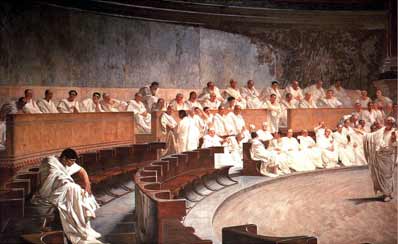 Gold Mines
Gold MinesGhana had numerous gold mines. As a matter of fact, Ghana had such a large amount of gold, that miners had the privilege of keeping any gold dust they found while mining! The king only kept the gold nuggets. As Ghana had such an abundance in gold, it was used to make almost everything. Statues, jewellery, paintings, and even cutlery were made of pure gold in the Ghana Empire.
 Gold for Salt
Gold for SaltAlthough Ghana was rich in many things, it did not have salt. As salt is an important spice, which is used for day-to-day life, it was very critical for Ghana to have enough and more quantities of salt. They began to trade with Northern kingdoms, which lacked gold. Ghana had very clear regulations, as far as trade was concerned, and therefore all the Northern traders were fair with the trade-they were even ounce-for-ounce.
Silent Barter System
The silent barter system was a system started by Ghana, which did not involve any communication between the two trading kingdoms. Instead of meeting and arguing a price, gold would be left at a special place, and the traders would simply come and take it from that secret place. If the desired goods were not left in the same place, in return, then the trade would immediately be stopped. The trading kingdoms often could not speak the same language; therefore the “silent barter system”, was a very effective and useful way of trading. Most traders were afraid to leave too little in return of the gold Ghana provided them with, for they knew that if they did, Ghana would stop the trade. Afraid that the trade between Ghana and their kingdom would stop, many rulers would always leave a bit more than required, in return.
(ancient africa)













